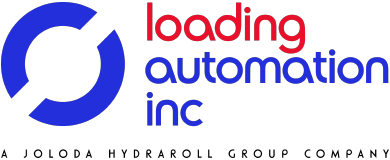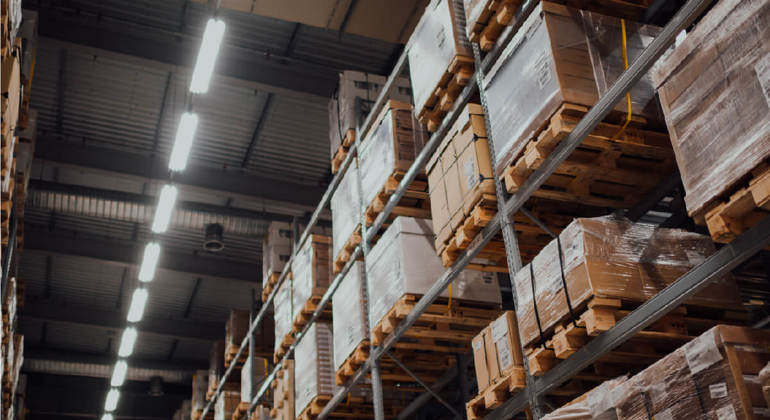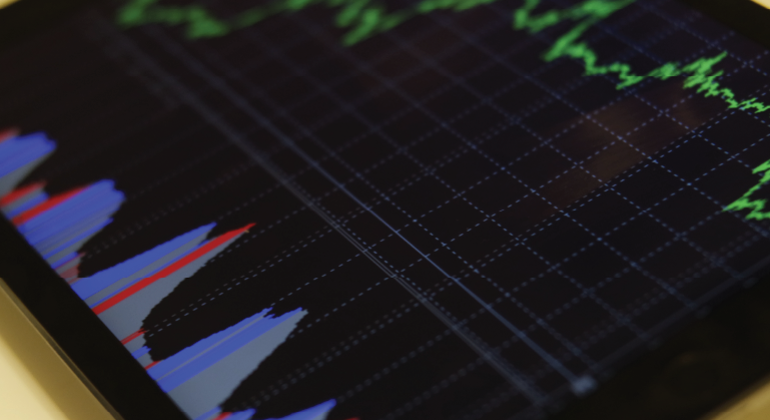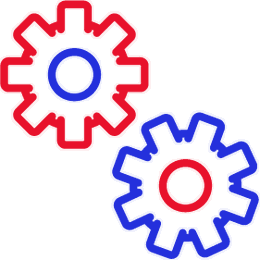Warehouse operators are always looking for ways to boost their efficiency, and the loading dock is a key facility in which there is likely to be room for improvement. AI can play a big part in this. The implementation of smart cameras can help supervisors and management monitor loading dock processes and make decisions on the allocation of resources in real-time.
Not only does resource allocation have to be in real-time, however. Often, when conducting workforce planning, managers consider deadlines, workload and current and expected levels of productivity. The use of machine learning can help to predict workforce requirements and work completion times. Managers and supervisors can then allocate resources accordingly and make the most efficient use of labour.
Using smart dock cameras will help to reduce dwell times. These cameras, connected to an AI platform, can observe the docks and look for any patterns or inconsistencies. If a driver is spending too much time in the dock unable to begin the loading process, the system can notify the workers of the bottleneck and the manager can take action.
Note that when implementing AI into your own loading dock management strategy, it will be important to train staff well in the use of the equipment and also to ensure they understand how the equipment will impact their duties and the operation of the loading dock. Be aware, too, of the need for a solid change management strategy so that the implementation runs as smoothly as possible. Some employees will prove stubborn to change and try to resist new ways of working, so put in place a plan to address this.
AI technology is playing an important part in the optimisation of warehouses and their loading docks. It’s boosting productivity, making operations more efficient and helping businesses to cut their costs. At the same time, the implementation of AI in loading docks and the wider warehouse is making them safer places to work.
Speaking of making loading docks safer, our own loading solutions help make loading and unloading safer by eliminating the need for forklift trucks to enter the trailers with goods. They also speed up operations by enabling efficient logistics teams to load and unload trailers much more quickly. To find out more about our loading solutions, visit our automated and manual loading solutions pages, or contact our customer service team. We’ll be happy to give you further guidance on the right solution for your operation.









